In celebration of the publisher's 75th anniversary, the hour-long special will take a detailed look at the company's journey from fledgling comics publisher to multi-media juggernaut. Hosted by Emily VanCamp (S.H.I.E.L.D. Agent Sharon Carter), the documentary-style feature will include interviews with comic book icons, pop culture authorities, and Hollywood stars. The special also promises an "extraordinary peek into Marvel's future!" Might Marvel release the first official footage from next year's Avengers: Age of Ultron or Ant-Man? If they do, you'll know about it here.
Related Movies
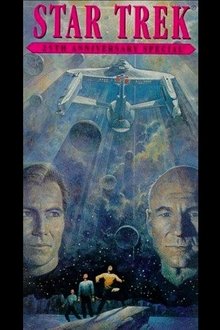
Star Trek: 25th Anniversary Special (1991)
This documentary is hosted by William Shatner and Leonard Nimoy and they take us through the history of Star Trek. We also get to see bloopers from the original series and the current space program and how progression has been in reality, hosted by LeVar Burton.
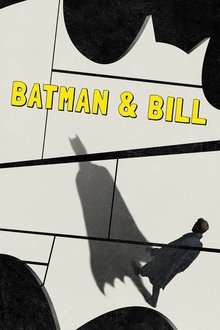
Batman & Bill (2017)
Everyone thinks that Bob Kane created Batman, but that’s not the whole truth. One author makes it his crusade to make it known that Bill Finger, a struggling writer, actually helped invent the iconic superhero, from concept to costume to the very character we all know and love. Bruce Wayne may be Batman’s secret identity, but his creator was always a true mystery.

Rock Family Trees (2022)
More than two decades after it left our screens, BBC Two’s iconic and much-loved music documentary series, Rock Family Trees, is back for a one-off special. The iconic music documentary series returns to examine the real story behind the birth of Britpop and how a handful of like-minded musicians, struggling to find an authentic voice, would pave the way for a revolution in British music. It is an intricately connected story of three of the biggest bands of the 1990s – Suede, Elastica and Blur – and how, for a brief moment in the middle of that decade, they changed British music forever, kickstarting a movement that still reverberates to this day.
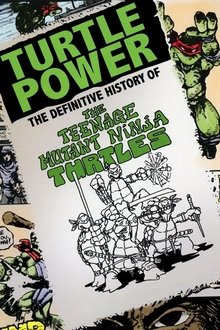
Turtle Power: The Definitive History of the Teenage Mutant Ninja Turtles (2014)
In the spring of 1984, a strange new comic book sat beside cash registers in select shops, too big to fit in the racks, and too weird to ignore. Eastman and Laird's Teenage Mutant Ninja Turtles presented a completely original breed of super hero. It was too bizarre, too crazy. It broke all the rules and should never have worked. Until it sold out. Again and again and again. For 30 years. Now, peek under the shell and see how this so-called "happy accident" defied every naysayer to become one of the most popular and beloved franchises in the world.

Miss Americana (2020)
A raw and emotionally revealing look at one of the most iconic artists of our time during a transformational period in her life as she learns to embrace her role not only as a songwriter and performer, but as a woman harnessing the full power of her voice.

Cat Nation (2017)
A journey into the unique, often bizarre, world of Japanese cat culture. Cat themed cafes, bars, temples, cat islands, cats with human jobs, cat friendly businesses, and the origins of the iconic beckoning cat statue.
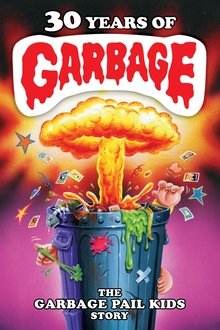
30 Years of Garbage: The Garbage Pail Kids Story (2017)
The Garbage Pail Kids are 30 years old. Celebrate their gross-out greatness with artist interviews, superfan collections, and more.

Telling Stories: The Comic Book Creators (2005)
Hero Video Productions presents a 2-hour DVD packed with interviews with some of the greatest names in comics! Bruce Timm, Greg Rucka, Jimmy Palmiotti, Howard Chaykin, Geoff Johns, Steve Englehart, Trina Robbins, Adam Hughes, and Arnold Drake discuss their work in intimate interviews that reveal the craft and inspiration behind their greatest work. These superstars talk in-depth about their experiences in the industry and how they approach their art. The answers are humorous, insightful, reflective, and instructive, and anyone interested in the creative life will find inspiration in this video. As a special bonus, viewers get to visit Englehart in his studio as he scripts the long-awaited follow-up to his classic run on "Batman". This exciting DVD is from the team behind the highly acclaimed "Terry Moore: Paradise Found" DVD. A must have for any comic fan's shelf!
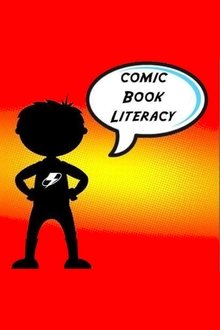
Comic Book Literacy (2009)
Comic books are a medium as diverse as movies and encourage more thought than video games. Yet this misunderstood medium has always been the dirty little secret of the literature world. From the immigrant who learns English by reading Superman comics to the child who develops a love of literature from the X-Men, comics have kept America reading for decades with fantastic tales, well structured stories and amazing fantasies.
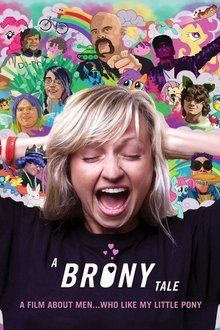
A Brony Tale (2014)
Vancouver-based voice artist Ashleigh Ball has been the voice of numerous characters in classic cartoons such as Care Bears, Strawberry Shortcake, Cinderella and more. When Ashleigh was hired to voice Apple Jack and Rainbow Dash for Hasbro's fourth series to use the My Little Pony name - My Little Pony: Friendship Is Magic - she had no idea she would become an Internet phenomenon and major celebrity to a worldwide fan-base of grownups. Bronies are united by their belief in the show's philosophy. This documentary gives an inside view of the Pony fan-world, and an intimate look at the courage it takes to just be yourself...even when that means liking a little girls' cartoon.

The Japanese Version (1991)
How the Japanese process American pop culture and make it their own -- a mind-bending odyssey through cultural mixing.
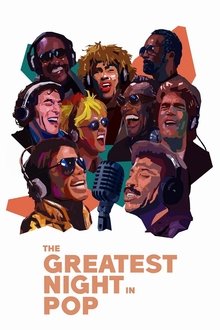
The Greatest Night in Pop (2024)
On a January night in 1985, music's biggest stars gathered to record "We Are the World." This documentary goes behind the scenes of the historic event.
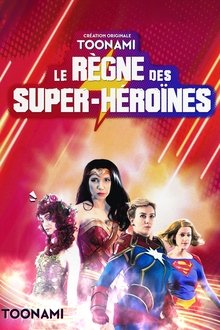
Reign of the Superwomen (2021)
Follows the evolution of the female fronted superhero characters in comics from the 1940s and up to today. Detailing the influences of what made the characters and how they impacted on the comic book world.
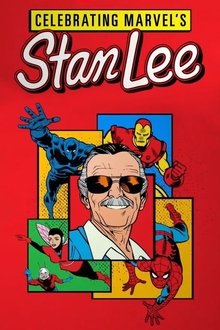
Celebrating Marvel's Stan Lee (2019)
Filmed in part in front of a live audience at The New Amsterdam Theater in New York City, this Stan Lee tribute takes viewers on an action-packed journey throughout the life of Lee and across the Marvel Universe, sharing never-before-seen interviews and archive footage with Lee himself from deep within the Marvel and ABC News archives.
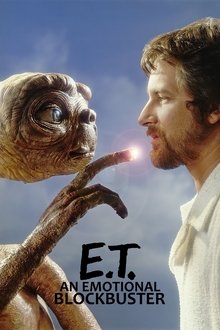
E. T., an Emotional Blockbuster (2022)
E. T. the Extra-Terrestrial, Steven Spielberg's endearing movie released in 1982, achieved the triple feat of bringing to life one of the most iconic characters in pop culture, revolutionizing science fiction cinema and establishing itself as one of the highest-grossing family movies in the history of cinema, capable of making the whole world laugh and cry.

The Problem with Apu (2017)
In the history of “The Simpsons,” few characters outside the title family have had as much cultural impact as Apu Nahasapeemapetilon, the Springfield convenience store owner. Comedian Hari Kondabolu is out to show why that might be a problem.

Trekkies (1997)
Denise Crosby takes a first look at the huge fans of "Star Trek" from around America and how the series has affected and shaped their lives.

Sacachun (2018)
A documentary about faith through an essay on aging and the fear of death. A story about a group of elders in a ghost town and their lifetime struggle for the respect of their culture and their different ways of understanding faith, where the need of water is the main element that supports their demands and ancient culture is presented as an heritage for new generations to come, that if their home town survives after they are gone. A film that portrays youthfulness as hope, while the main characters reminds us all that nothing is more powerful than our own will and that there is no such thing as a lost cause.

